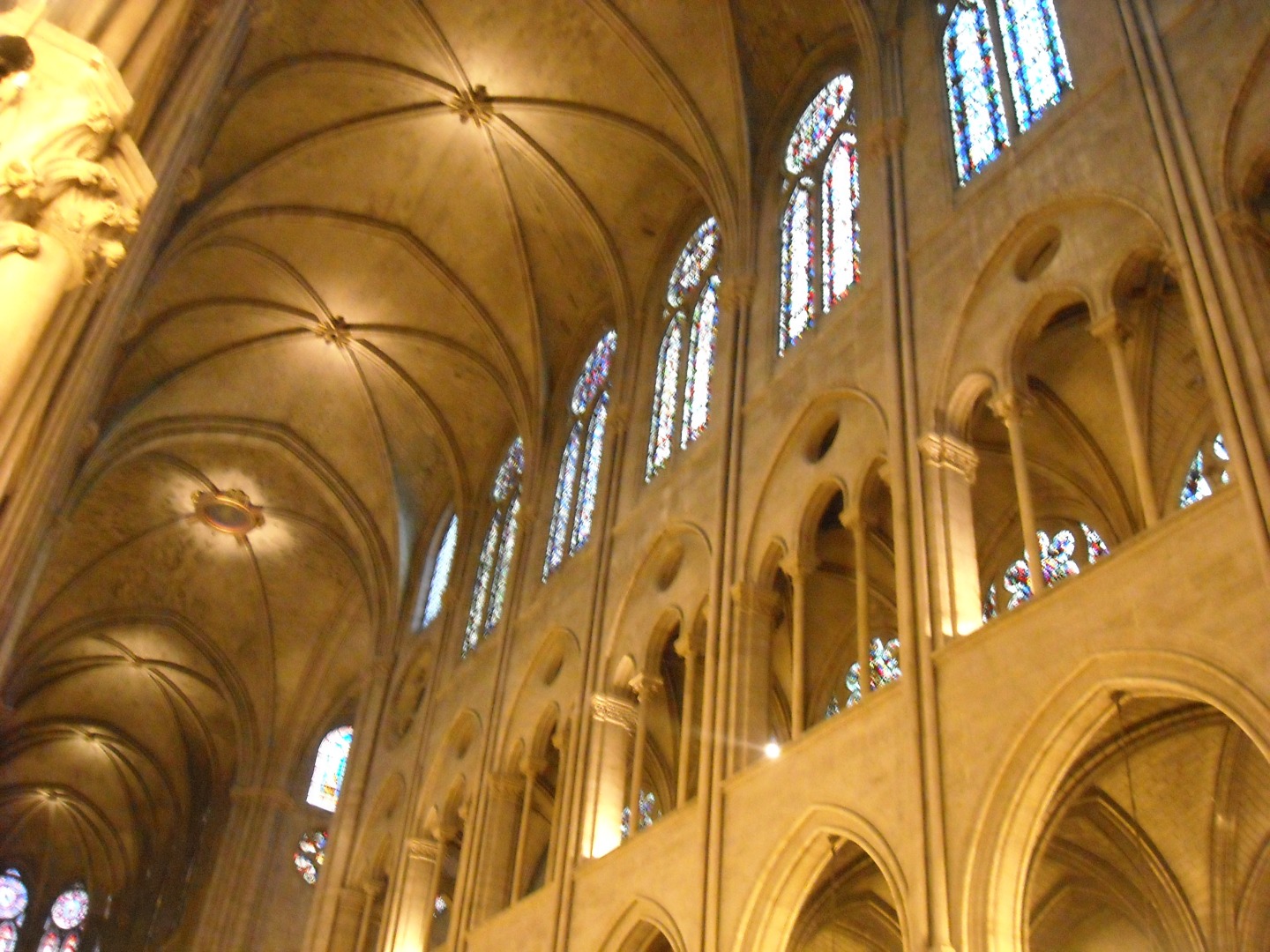 At York University, our fire research team studies heritage materials and their response to fire. Our focus has been to consider timber and masonry. Doing these studies we are in the midst of preparing revised international guidance for these important structures. More recently the events in Paris have emphasized why this is such a serious topic of research to consider. For the last two years we have focused our efforts to really understanding timber performance, and we have done this by procuring real materials (columns, beams etc) from structures undergoing renovation (adaptive re-use) or sadly demolition. The importance of this study is now even more profound given this weeks events.
At York University, our fire research team studies heritage materials and their response to fire. Our focus has been to consider timber and masonry. Doing these studies we are in the midst of preparing revised international guidance for these important structures. More recently the events in Paris have emphasized why this is such a serious topic of research to consider. For the last two years we have focused our efforts to really understanding timber performance, and we have done this by procuring real materials (columns, beams etc) from structures undergoing renovation (adaptive re-use) or sadly demolition. The importance of this study is now even more profound given this weeks events.

Beyond the material its also important to understand the architecture of the structure. We know ventilation has a role in how a fire develops, but in large spaces (akin) to what you would find in a heritage structure (much like Notre Dame’s) attic space there are very few quantifiers that allow us to develop numerical definitions to just how severe or quickly a fire may develop.
This summer the first papers of our important research project will appear publically. Two conference papers at ASFE and Interflam present both the first and second stage results of our study of timbers. In these important works we compare 100 and 200 service life timber to modern engineered lumbers and quantify the expected behaviors of several unique samples taken from several real buildings and condition to real environmental service. In these papers we will defensibly show how the lumbers behave both from a charring perspective and indeed to a flame spread potential.

Our next study involves the fire testing of a 100 year old farm structure. In this paper (see video below) we begin to characterize how the fire develops within an environment that is open well ventilated and of characteristic architecture. In this we can clearly see the speed of the fires development and the numerous interactions that are on-going that define the fire. This paper will also appear this summer for public release.
And then of course we are currently looking at Masonry response to fire, in the same manners that we considered lumber, we are looking at 100 and 200 year old samples, procured from real heritage buildings, which include a robust under study of mortar response. Our summer project releases will finialize with a Springer Briefs in fire book co-authored by York Univeristy’s fire research team in collaboration with European experts on the subjects of heritage concretes, steels, masonry and of course timbers.
At York University we do not do this alone. These projects are all collaborations of students, institutions, stake holders etc. Our network extends locally to collaborations with the University of Waterloo (for many of the projects listed above) and broadly to our collaborators in Europe as noted above.
In the coming months and even years we will learn more about what exactly happened at Notre Dame. While our research is not solely to address one structure, the results being produced at York University will allow us to better understand what happened, and to appropriately defend similar structures of heritage value, if not any aged structure, from the loss from fire.

